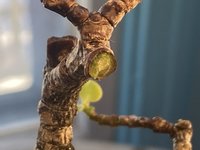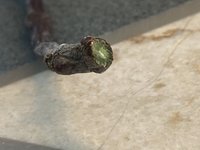Oceanman113
Sapling
This is my first winter with this Corked Jade. It did great in the warmer months and when it was time to bring it inside (zone 7) it lost a few leaves but eventually recovered fine.
Right now I have it in a warm room that is averaging at 78 degrees. Recently I’ve noticed some of the smaller branches shriveled up and some falling off. Always small branches without leaves so I thought it was just natural. Now one of the main branches is looking bad so I thought it was time to reach out to the experts. For the winter months I’ve been watering once a week, under a full spectrum grow light for 8-10 hours and the soil is Akadama, Turface high-fired calcined clay, nutrient-rich river sand, and fine pine bark. I gently removed some of the soil to look at the roots and they seemed fine and healthy. All of the leaves look good (see photos). I figured it is watering, so I’m holding off this week. I image the shriveled branches are goners. Any thoughts? Thanks in advance. Photos attached.
Right now I have it in a warm room that is averaging at 78 degrees. Recently I’ve noticed some of the smaller branches shriveled up and some falling off. Always small branches without leaves so I thought it was just natural. Now one of the main branches is looking bad so I thought it was time to reach out to the experts. For the winter months I’ve been watering once a week, under a full spectrum grow light for 8-10 hours and the soil is Akadama, Turface high-fired calcined clay, nutrient-rich river sand, and fine pine bark. I gently removed some of the soil to look at the roots and they seemed fine and healthy. All of the leaves look good (see photos). I figured it is watering, so I’m holding off this week. I image the shriveled branches are goners. Any thoughts? Thanks in advance. Photos attached.
Attachments
-
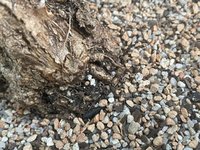 A72DF0EC-F801-4FE2-A855-B7C9C4A700DF.jpeg301.6 KB · Views: 54
A72DF0EC-F801-4FE2-A855-B7C9C4A700DF.jpeg301.6 KB · Views: 54 -
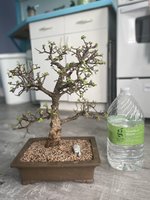 FC872D04-6F42-48ED-BB17-ABBBC06E7BAF.jpeg171.8 KB · Views: 42
FC872D04-6F42-48ED-BB17-ABBBC06E7BAF.jpeg171.8 KB · Views: 42 -
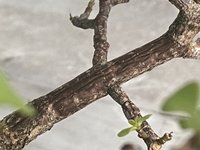 909093AC-EDD0-4586-90E9-2237A9B8A0C2.jpeg163.7 KB · Views: 35
909093AC-EDD0-4586-90E9-2237A9B8A0C2.jpeg163.7 KB · Views: 35 -
 0D364C18-D8F1-4EF9-A828-7C08A2308AD0.jpeg175 KB · Views: 27
0D364C18-D8F1-4EF9-A828-7C08A2308AD0.jpeg175 KB · Views: 27 -
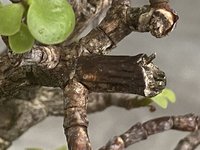 003CAA14-77CA-4495-93B1-3F98D38A8CB6.jpeg165 KB · Views: 27
003CAA14-77CA-4495-93B1-3F98D38A8CB6.jpeg165 KB · Views: 27 -
 7EFB6637-C8CD-4323-97C5-A885C47419DB.jpeg206.8 KB · Views: 27
7EFB6637-C8CD-4323-97C5-A885C47419DB.jpeg206.8 KB · Views: 27 -
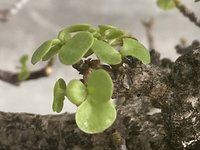 EFA6A622-3D98-4E6D-A66B-71380706F613.jpeg154.5 KB · Views: 23
EFA6A622-3D98-4E6D-A66B-71380706F613.jpeg154.5 KB · Views: 23 -
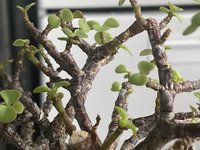 A9E3818E-055D-4269-A1ED-297319380ECE.jpeg185.6 KB · Views: 21
A9E3818E-055D-4269-A1ED-297319380ECE.jpeg185.6 KB · Views: 21 -
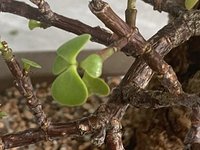 C44746E1-A4EF-48F4-A4C5-5967D53096EF.jpeg173.7 KB · Views: 41
C44746E1-A4EF-48F4-A4C5-5967D53096EF.jpeg173.7 KB · Views: 41

